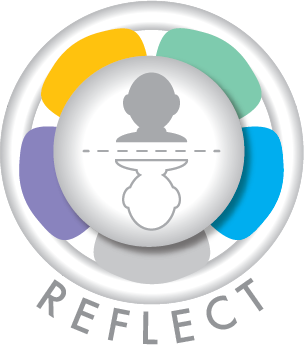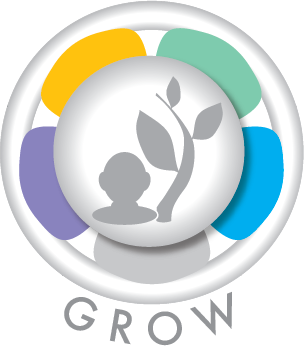
Summary...
- Transitions are a natural part of the worker lifecycle that you can prepare your nonprofit for with intentional succession planning.
- Worker departures occur for different reasons, and your approach to the transition will vary based on the circumstance and factors like timing, amicability of the parting, and the organization’s ability to cover the work.
- When you approach transitions holistically, departures can be positive for the worker and nonprofit.
- Terminating a worker is a difficult decision for any nonprofit leader to make. Before making the final decision, think about whether the organization did everything they could to support the worker and give the person opportunities to be successful.

Here are some questions to think about...
Capture your responses in a notebook or shared document with your team.
- How would you describe past worker transitions? What went well and what could be improved?
- At your nonprofit, what does cross-training team members look, feel, and sound like?
- What holds you back from succession planning? How could intentional succession planning help your nonprofit and team prepare for future transitions?

Next steps...
- Read the People Element’s article Ask Before They Leave – How to Successfully Leverage Stay Interviews.
- Review your document retention policies in particular for human resources and worker related documents. Look over this sample documentation retention policy for reference or check out Nonprofit Association of Washington’s Let’s Go Legal toolkit.
- Create a simple transition checklist. Be sure to cover the basics such as getting work related computer and software passwords, returning keys and equipment, filing written documentation noting the end date, and confirming details of the worker’s final paycheck. What other items are important for your nonprofit to include in a transition checklist?